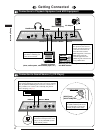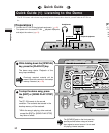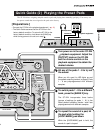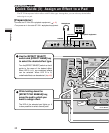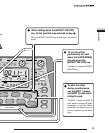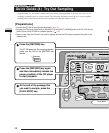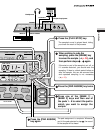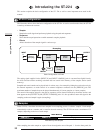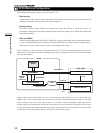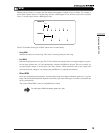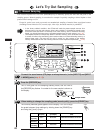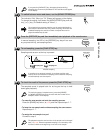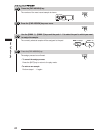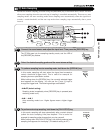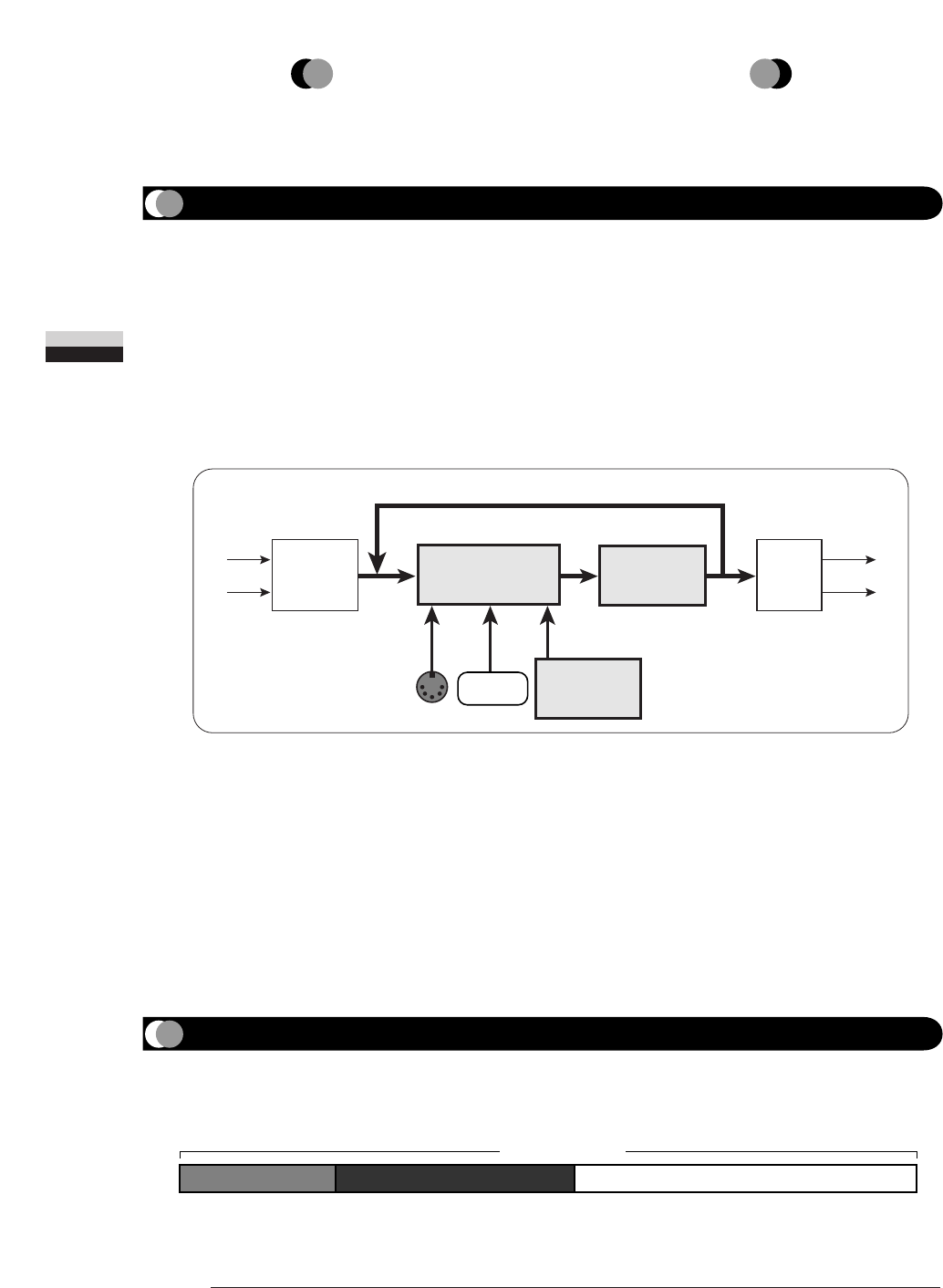
This section explains the basic configuration of the ST- 224 as well as some important terms used in this
manual.
The illustration below shows the basic configuration of the ST-224. As can be seen from the chart, the ST-224
is made up of three main sections.
• Sampler
Samples the audio signal and performs playback using the pads and sequencer.
• Sequencer
Stores data about pad operation to enable automatic sampler playback.
• Effects
Allows alteration of the sampler signal in various ways.
The analog signal supplied via the [INPUT R] and [INPUT L/MONO] jacks is converted into digital form by
the A/D converter and the resulting waveform data are stored in the memory of the sampler section (main
memory).
Sampled and stored sounds can be played back in various ways, for example by hitting the pads on the unit, by
the internal sequencer, or under control of an external sequencer connected via the [MIDI IN] jack. The
maximum number of samples that can be played simultaneously is 8 mono samples or 4 stereo samples.
The sound of the samples played by the pads or sequencer can be altered if desired by the effects section, and
then appears at the [OUTPUT R] and [OUTPUT L/MONO] jacks. It is also possible to return this signal to the
sampling section and sample it again (resampling).
In the ST-224, a waveform that has been sampled in one sampling process is called a "sample". Each sample
automatically receives a number and is stored in the main memory. The ST-224 can store a maximum of 32
samples, depending on the size of each sample.
After sampling, the entire sample or a part of it can be assigned to one of the pads 1 - 8 on the front panel, for
Introducing the ST-224
16
Introducing the ST-224
ST-224 Configuration
Samples
INPUT
L
R
Record
(Sampling)
MIDI IN
Effects
section
Sampler
section
Sequencer
section
Pads
OUTPUT
L
R
Playback
Resampling
Basic Configuration of ST-224
Main Memory
SAMPLE #1 SAMPLE #2 Empty area
Main Memory and Samples



